For decades, drivers relied on analog gauges to monitor speed, yet today’s roads demand sharper accuracy and faster response. A modern speedometer isn’t just a luxury gadget; it enhances awareness in busy traffic and long highway stretches.This article will help you to learn pros and cons, industry, types, trend, USA region preferred guidelines. Lets move to the main content.
Whether you drive a family sedan, a city scooter, or a heavy cruiser, a clear and precise display reduces guesswork. Studies show that over 35% of speed-related accidents could be reduced with better visibility and timely feedback, proving its growing relevance.
Digital speedometers influence road safety by reducing driver distraction. Unlike old dials that required constant focus, these displays provide instant, readable digits, even in bright daylight or rough terrain. For cross-country travelers or delivery riders in remote areas, integrated GPS helps keep consistent speeds on varying road types. Their efficiency supports compliance with speed regulations and minimizes sudden braking or overshooting, ultimately creating a smoother, more responsible driving culture on busy highways.
These folowing agenda will help you to understand the article;
What is digital Speedometer.
A Clear View of the Modern Speedometer
Digital speedometers replace traditional needle dials with precise electronic displays. Instead of mechanical gears, they use sensors to read wheel rotation and convert it into speed readings.
Key points:
Accurate numeric readouts visible at a glance.
Bright LED or LCD screens for all light conditions.
Often paired with odometer and trip data in one interface.
This evolution helps drivers react faster to speed changes, reducing distractions on today’s crowded roads.
In Accordance with Vehicle Needs
Modern cars, truck, bus, motorcycles, and even e-bikes benefit from digital displays that fit their specific road demands. Compact scooters use simplified panels to save space, while touring motorcycles often feature multi-function dashboards. Heavy vehicles adopt these units for more stable, vibration-resistant readings. Over the last 10 years, digital speed solutions have expanded to every class of vehicle, proving their adaptability across urban commuting, off-road trails, and long-distance highway driving.
Functionality and Technology Behind the Display
Behind every sleek display is a mix of sensors, microcontrollers, and wireless modules.
Hall-effect or GPS sensors for precise measurement.
Smart integration with mobile apps for data logging.
Low-latency response to ensure real-time updates.
These advancements give drivers consistent feedback regardless of terrain or weather, turning what was once a simple gauge into an intelligent road companion.
Learn more
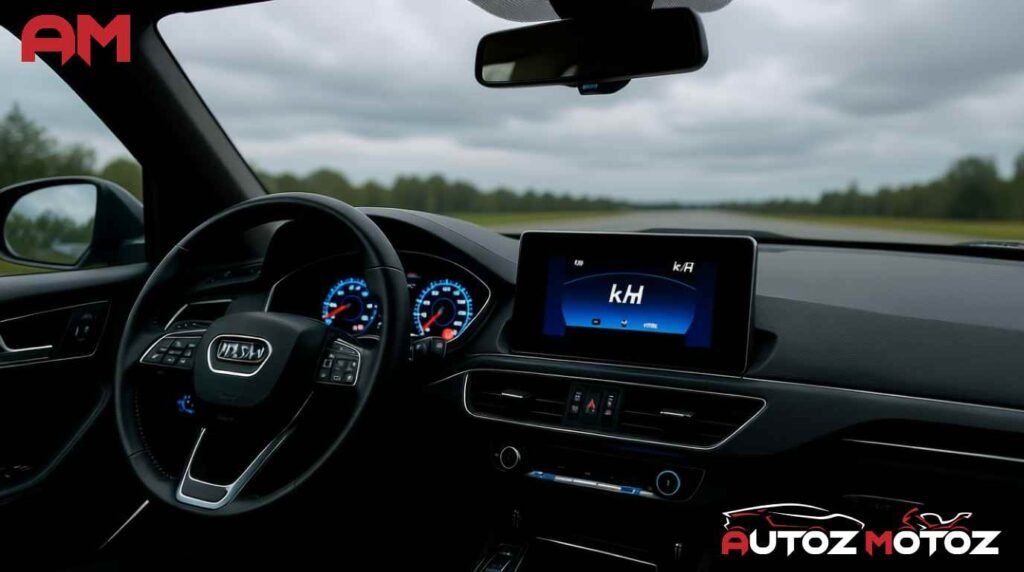
Why We Use It
Car owners increasingly rely on digital speedometers because they offer a clearer, faster, and safer way to monitor driving performance. The shift from old analog dials to digital units has been steady over the last 15 years due to practical benefits:
Instant readability even in low-light or rainy conditions.
Integrated alerts for speed limits, fuel, and maintenance.
More precise measurement compared to mechanical gauges.
Compatibility with advanced driving systems such as adaptive cruise control.
Energy-efficient designs that reduce dashboard clutter.
- Help as a Road assistant with real time speed monitoring.
- Control youe vehicle.
- Increase driver awareness.
- Speed measurement accurate basis with cutting-edge technology.
- A true scrutinizer for your vehicle performance.
These features make it easier for drivers to focus on the road while having critical data at their fingertips.
Trend
The market for car-friendly electronic speed displays continues to grow as vehicles become more connected. Over the past five years, demand has surged with the rise of GPS-based units and wireless dashboards. Manufacturers are now pairing them with mobile apps, allowing drivers to log trips and monitor performance data. Electric and hybrid cars particularly benefit from these advanced meters because they offer more detailed battery and efficiency readouts. According to recent surveys, more than 70% of new vehicles in the USA now come equipped with some form of a digital display, and aftermarket installations keep rising, reflecting a lasting trend rather than a passing upgrade.
Top Features
For Cars
Modern cars benefit from smart digital dashboards that improve both safety and comfort. Popular highlights include:
High-contrast displays that remain readable in strong daylight or heavy rain.
Real-time GPS integration that adjusts to regional speed limits.
Built-in alert tones for exceeding preset speeds or detecting low fuel.
OBD-II connectivity for diagnostics such as engine health and mileage.
Energy-efficient LED backlighting that cuts power use by nearly 20% compared to older panels.
These functions help drivers stay informed while minimizing distractions on crowded urban or highway routes.
For Trucks
Large commercial vehicles require heavy-duty digital meters designed to endure long hours and harsh conditions. Top practical features include:
Oversized numbers and fonts for quick reading during night hauls.
Durable weather-resistant casings that withstand heat, dust, and vibration.
Integrated data logging for mileage, engine hours, and fleet reports.
Built-in tire-pressure and brake-wear alerts for extra road safety.
Advanced power-management systems compatible with 24-volt truck batteries.
These benefits reduce driver fatigue and enhance compliance with professional safety standards.
For Motorcycles
Motorcycle riders often seek compact, yet precise digital indicators to keep focus on the ride. The most valued elements are:
Minimal-glare screens that stay visible under direct sunlight.
Waterproof and shock-resistant designs for all-weather riding.
Wireless Bluetooth pairing with helmets for speed and navigation prompts.
Dual-trip meters and fuel range counters for long-distance touring.
Customizable display colors and layouts that adapt to personal riding style.
These features give motorcyclists better control and safety without cluttering the handlebar area.
For E-Bikes
With electric bikes becoming mainstream, lightweight digital readouts are now essential for riders. Desirable functions include:
Precise battery-level monitoring to avoid unexpected cut-offs.
Integrated speed and cadence sensors that track performance in real time.
Mobile-app synchronization for trip logging and GPS routing.
Eco-mode indicators to improve energy efficiency by up to 15%.
Compact and weatherproof housings that resist daily wear and outdoor exposure.
These options ensure that e-bike users maintain smooth travel while conserving battery life during commutes or recreational rides.
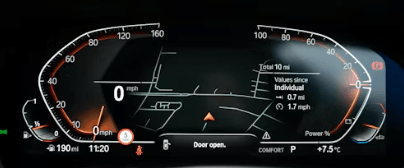
Types & Categories
For Cars
Digital panels for cars now blend accuracy with driver-friendly design. Key types include:
Standard LCD meters – budget-friendly and reliable.
TFT digital clusters – bright, wide-angle visibility.
Hybrid analog-digital units – mix of classic dial and digital readout.
OBD-II plug-in displays – easy to install and portable.
Heads-up projection types – project speed onto the windshield.
These types focus on enhancing both safety and aesthetics, offering options for every car owner.
For Trucks
Truck drivers often need robust and high-performance systems suitable for long routes. Popular types include:
Large-format LED displays – visible at a distance and low light.
Fleet-monitoring dashboards – integrate mileage and load data.
Heavy-duty vibration-proof meters – survive rough roads.
Tire-pressure integrated meters – boost highway safety.
Telematics-enabled types – sync with tracking software for reports.
These types keep drivers informed and reduce downtime while improving compliance with road regulations.
For Motorcycles
Motorcyclists look for compact, minimal-glare types that maintain focus on the ride. Favored categories include:
Bar-mounted digital units – easy to install and quick to glance at.
Multi-function trip computers – for distance and fuel stats.
LED-backlit types – sharp clarity in night or rain.
Bluetooth-enabled models – connect to helmet audio.
Sport-performance types – optimized for high-speed tracking.
These types prioritize safety and convenience while matching a variety of riding styles.
For E-Bikes
Electric bike riders benefit from lightweight, power-conscious types to track performance. Common options are:
Basic digital displays – show essential data like speed and distance.
Integrated controller units – combine battery and speed data.
Smartphone-connected types – sync rides to apps in real time.
Touch-sensitive displays – modern, intuitive, and efficient.
Compact waterproof models – durable for daily outdoor commutes.
These types ensure e-bike users enjoy a smooth, data-informed journey with enhanced battery life and safer travel.
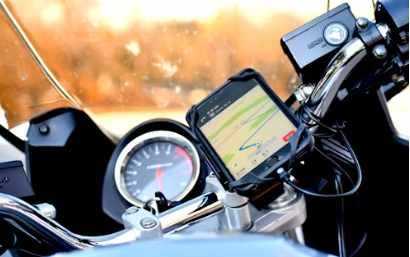
Functionality analog vs digital
| Feature Comparison | Analog Speedometer | Digital Speedometer |
|---|---|---|
| Display Clarity | Analog needle movement requires interpretation and precise reading | Crystal-clear numeric display shows exact speed instantly |
| Accuracy | Mechanical systems may drift over time, requiring calibration | Precise electronic sensors provide accurate readings consistently |
| Visibility | Difficult to read in low light or bright sunlight conditions | LED/LCD displays with adjustable brightness work in all lighting |
| Multiple Data | Single function display only shows speed | Displays speed, fuel, temperature, trip data simultaneously |
| Response Time | Mechanical needle has delay in movement and response | Instantaneous updates with real-time speed changes |
| Customization | Fixed appearance with limited styling options | Multiple themes, colors, and display layouts available |
| Integration | Limited connection with other vehicle systems | Full integration with GPS, navigation, and vehicle diagnostics |
| Reliability | Mechanical parts wear out over time requiring maintenance | Solid-state electronics with fewer failure points |
| Modern Features | Basic functionality without advanced features | Speed alerts, GPS integration, fuel economy tracking |
| Installation | Requires mechanical connection to vehicle transmission | Simple electronic connection with plug-and-play installation |
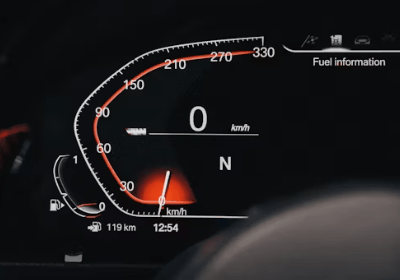
Impotance of Speedometer
Digital speedometers have revolutionized automotive safety and driver awareness by providing precise speed information with unmatched accuracy and instantaneous response. Modern drivers rely on digital displays for critical speed monitoring that enhances safety and prevents dangerous overspeeding situations. Advanced digital systems offer superior readability in all lighting conditions, integrated data displays, and real-time performance monitoring that traditional analog gauges cannot match. Professional-grade digital speedometers provide essential safety features including speed limit alerts, GPS integration, and comprehensive vehicle diagnostics that protect drivers and passengers.
The importance of digital technology extends beyond basic speed display to include fuel efficiency monitoring, trip data tracking, and driver behavior analysis that optimizes performance and reduces operating costs. Modern automotive safety standards demand digital precision and reliable performance that ensures driver confidence and legal compliance on today’s highways and urban roads.
Use Based on Vehicle Specifications
Digital speedometers adapt precisely to specific vehicle specifications, ensuring accurate speed readings across different models and transmission types.
High-performance vehicles like car utilize advanced digital systems with rapid response times and integrated telemetry data.
Commercial trucks benefit from durable digital displays that withstand harsh operating conditions and provide fleet management data.
Electric vehicles require specialized digital interfaces that integrate with battery management systems and energy consumption monitoring.
Motorcycles feature compact digital speedometers with weather-resistant construction and bright displays. Each vehicle specification demands customized digital calibration and display settings for optimal performance and driver safety.
Common Problems with Usage
• Display Malfunction: Digital screens may fail or show incorrect readings due to electronic component failure.
• Calibration Issues: Improper calibration causes inaccurate speed readings that affect safety and legal compliance.
• Power Supply: Electrical problems can disable digital systems during operation.
• Weather Interference: Extreme temperatures or moisture may affect digital component performance.
• Software Glitches: Firmware issues cause erratic behavior or system crashes.
• Sensor Problems: Faulty speed sensors provide incorrect data to digital displays.
• Compatibility: Integration issues with vehicle systems create operational problems.
Installation Guide
• Vehicle Compatibility: Verify model compatibility and electrical requirements before installation.
• Tools Required: Gather screwdrivers, wiring harness, multimeter, and installation manual.
• Power Connection: Connect positive and negative wires to vehicle electrical system.
• Sensor Wiring: Attach speed sensor cable to transmission or wheel hub.
• Mounting: Secure digital display in dashboard or windshield position.
• Calibration: Set wheel circumference and gear ratios for accurate readings.
• Testing: Verify accuracy and functionality before finalizing installation.
• Warranty: Register product and document installation for coverage.
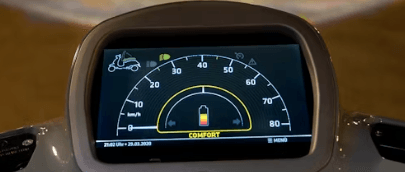
Maintenance
• Regular Cleaning: Clean display screen with microfiber cloth to maintain visibility and prevent scratches.
• Connection Checks: Inspect wiring connections for loose or corroded terminals that affect performance.
• Calibration Verification: Periodically verify accuracy and adjust settings if needed.
• Software Updates: Check for firmware updates to ensure optimal functionality and features.
• Dust Prevention: Protect from excessive dust and moisture that damage electronic components.
• Professional Inspection: Schedule annual professional checks for comprehensive maintenance.
• Battery Monitoring: Monitor backup battery levels in integrated systems.
Critical Issues : When Driving
• Sudden Display Failure: Digital screens may black out during highway driving, creating dangerous situations where drivers lose speed awareness and cannot monitor legal compliance.
• Inaccurate Speed Readings: Faulty sensors or calibration errors show incorrect speeds, leading to speeding violations, accidents, or unsafe driving behaviors during critical moments.
• Power System Malfunction: Electrical failures or battery drain disable digital functionality, leaving drivers without essential speed information during night driving or poor visibility conditions.
• Glare and Visibility: Sunlight reflection or screen glare obstructs digital readings, making it difficult to read accurate speed data during daytime driving or bright weather conditions.
• Software Errors: Digital glitches or system crashes cause erratic behavior, flashing displays, or inconsistent readings that distract drivers and compromise safe operation.
Conclusion summary
Digital speedometers revolutionize modern automotive safety with superior accuracy, instantaneous readings, and integrated features that enhance driver awareness. Advanced technology provides precise speed monitoring, real-time data, and customizable displays that traditional analog gauges cannot match. Proper installation and regular maintenance ensure optimal performance and long-term reliability. Despite potential issues like power failures or calibration errors, digital systems offer unmatched benefits for safety, efficiency, and driver satisfaction. Professional-grade digital speedometers provide essential functionality that modern drivers depend upon for safe and compliant operation.
Also read :Simple, Strong, Secure: Best Motorcycle Helmet Lock Options
FAQs
Q1: How accurate are digital speedometers compared to analog ones?
Digital speedometers provide superior accuracy through precise electronic sensors, typically within 1-2% accuracy, while analog systems may drift over time due to mechanical wear and calibration issues.
Q2: Can I install a digital speedometer on any vehicle?
Most modern vehicles support digital speedometer installation, but compatibility depends on your vehicle’s electrical system, transmission type, and dashboard configuration. Always verify compatibility before purchase.
Q3: Do digital speedometers require special calibration?
Yes, digital speedometers need calibration for wheel circumference, gear ratios, and tire size to ensure accurate readings. Most units include calibration procedures in their setup process.
Q4: What happens if the digital speedometer loses power?
Digital speedometers typically have backup power systems or memory retention. However, power loss may reset calibration settings, requiring recalibration for accurate readings.
Q5: Are digital speedometers legal for street use?
Most digital speedometers meet DOT and safety standards for street use, but verify local regulations and ensure your specific model has proper certifications before installation.
Tech innovator and business strategist with a foundation in Computer Science and diverse expertise in IT, marketing, and banking. Committed to building disruptive products and customer experiences that shape industries and create global market dominance.

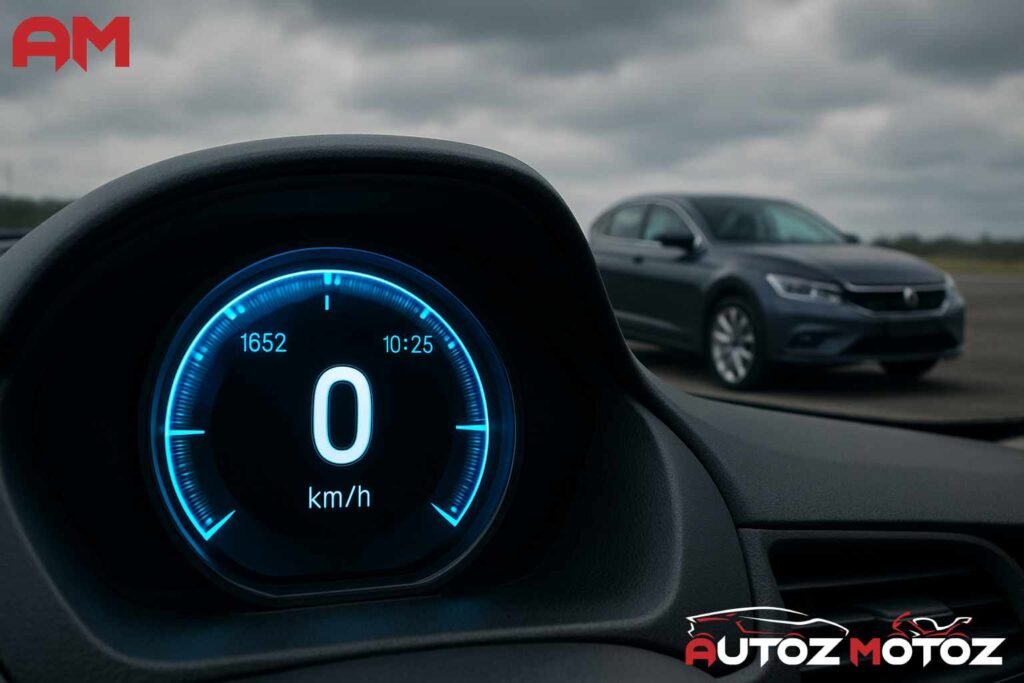






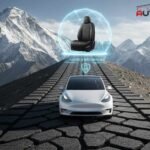
One Response